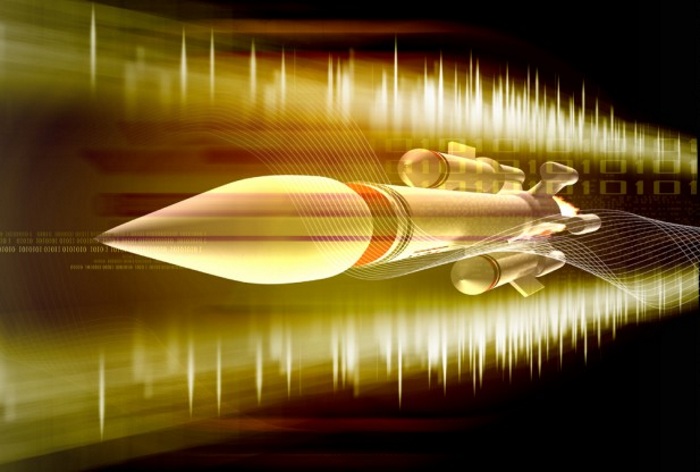Prior to this past week, everyone who ever looked at the EmDrive agreed on one thing — it’ll never work.

That’s because the futuristic engine went against the most basic laws of mechanics in every way possible. Recent tests by NASA, however, have proven that the technology does work, and that it’s actually much more effective than the engines currently being used for space travel.

British scientist Roger Shawyer invented the EmDrive several years ago, but he had trouble getting researchers to test it out. That’s because it was believed unrealistic, said to provide thrust by “bouncing microwaves around in a closed container.” The microwaves were generated using electricity, which could be provided by sources like, say, solar energy. That means there’s no physical propellant in the engine itself, neither liquid nor nuclear fuel, which drastically reduces the engine’s size and weight, and also means technically speaking, the EmDrive can work forever (unless, of course, there’s a hardware failure).

Even when Chinese scientists reported having successfully built a technology similar to the EmDrive in 2009, which included proof that their engine was able to produce 720 millinewtons of thrust (enough to use on a satellite), the report was dismissed as propaganda by researchers in the West.
Simply put, researchers believed technology like the EmDrive should not be able to work at all because it goes against classical mechanics, where all of Newton’s laws apply. The idea of microwaves bouncing off the walls of an encapsulated environment goes against his third law, which states that for every action there is an equal and opposite reaction; that is, for the microwave to bounce off the wall, thereby providing the engine block with a minute means of thrust, there must’ve been some form of initial thrust that moved the microwave in the first place. This would’ve cancelled the microwave’s “push” on the engine, and made the whole idea of a super-efficient microwave-based thruster a delusion.
The reason why Shawyer’s technology is (finally) getting its just due is because American scientists Guido Fetta and the folks at NASA Eagleworks finally got around to looking at the EmDrive technology, and they just recently published a report detailing their results.
The paper, entitled “Anomalous Thrust Production from an RF [radio frequency] Test Device Measured on a Low-Thrust Torsion Pendulum,” describes an engine they created that worked on the same principles as EmDrive. In short, their engine produced thrust as well, though only about 30 to 50 micronewtons total. The paper did not describe how it worked because, quite frankly, they’re not sure.
Test results indicate that the RF resonant cavity thruster design, which is unique as an electric propulsion device, is producing a force that is not attributable to any classical electromagnetic phenomenon and therefore is potentially demonstrating an interaction with the quantum vacuum virtual plasma.
The last line is particularly worth noting. Here, the researchers suggest a theory that the drive is working because it is pressing against the cloud of particles and anti-particles that constantly pop into being and disappear again in empty space. The microwaves are basically turning these virtual particles into a plasma which, when expelled, provides a means for thrust.
Alas, that is just a theory, and the NASA officials did not want to tie their names to it — they included a line at the start of the paper that they were simply reporting what they found in their experimentations: “This paper will not address the physics of the quantum vacuum plasma thruster, but instead will describe the test integration, test operations, and the results obtained from the test campaign.”
In regards to what could happen should this technology pan out, a functional microwave thruster would dramatically cut the cost of all space operations, including satellites, space stations, and more. It would also extend the working life of all outer space technologies, and could very well further deep-space missions, including transporting astronauts to places like Mars in weeks rather than months (point of reference: it took the Mars Curiosity Rover eight months to reach the red planet), and taking explorers to the nearest star system in just 30 years.
There’s still plenty of experimentation and scaling left to do with the engine before scientists get to this point — the good thing is that they’re at least now open to the idea of exploring the technology further.
Story via ScienceDaily
Advertisement
Learn more about Electronic Products Magazine





